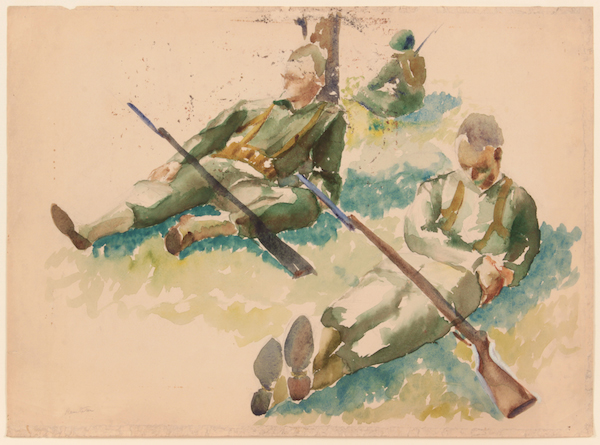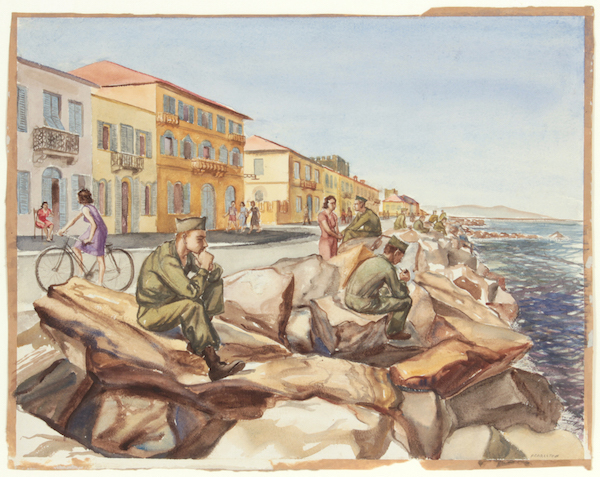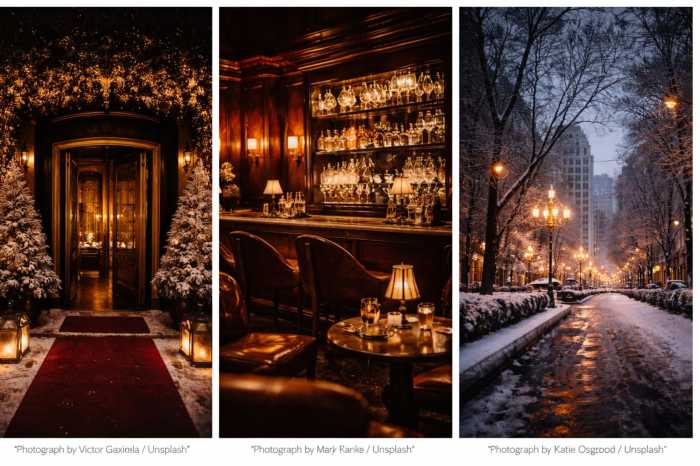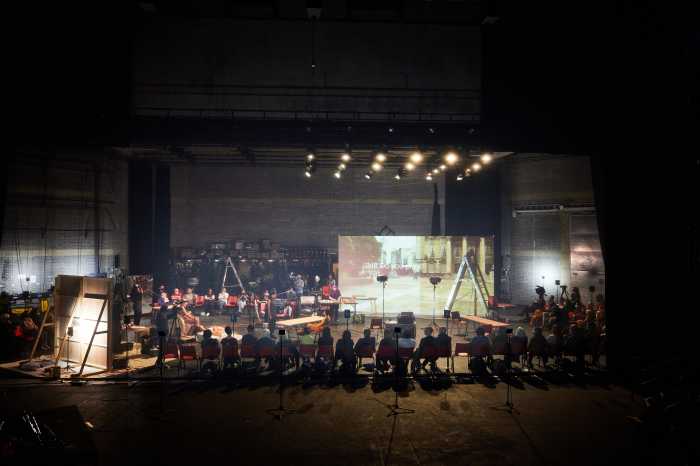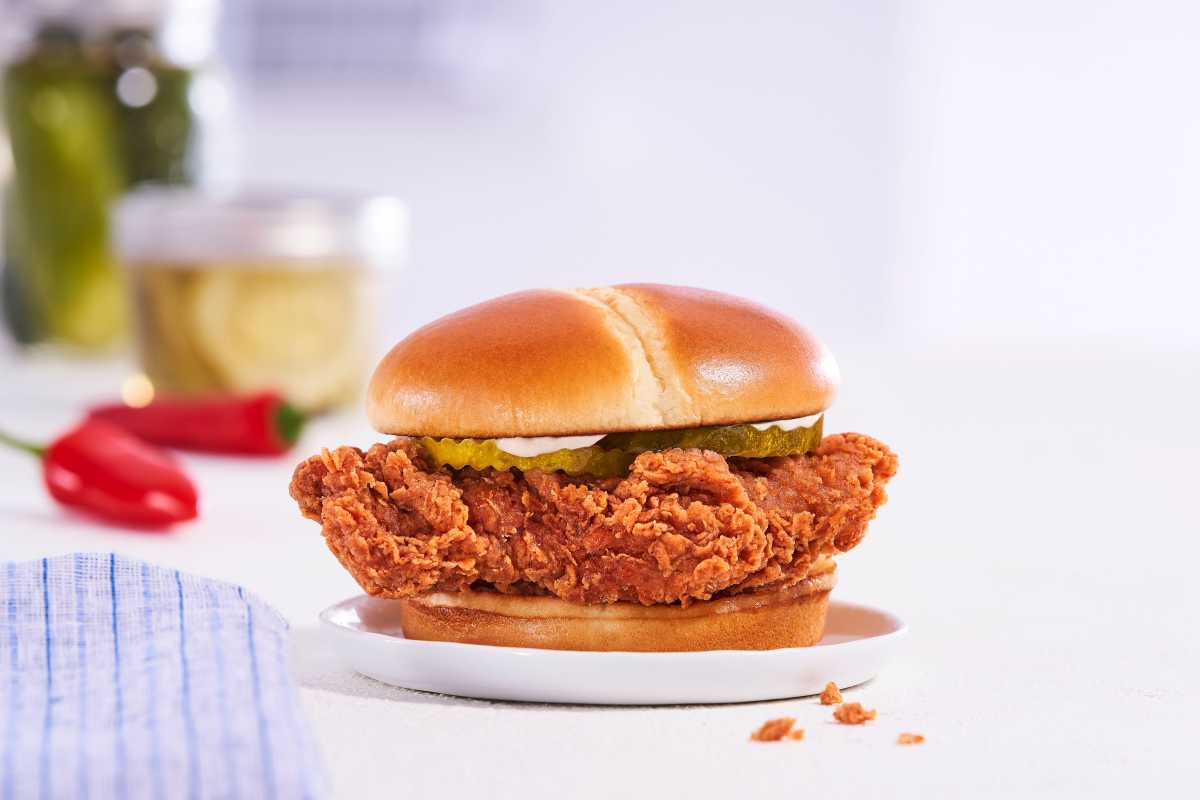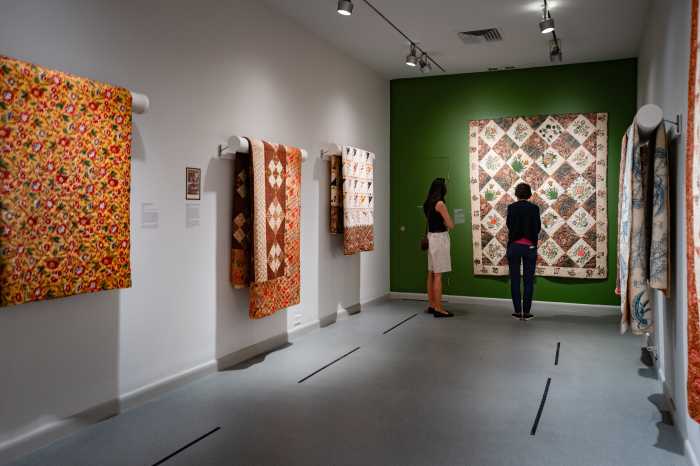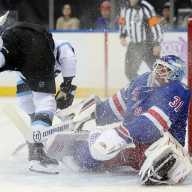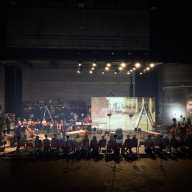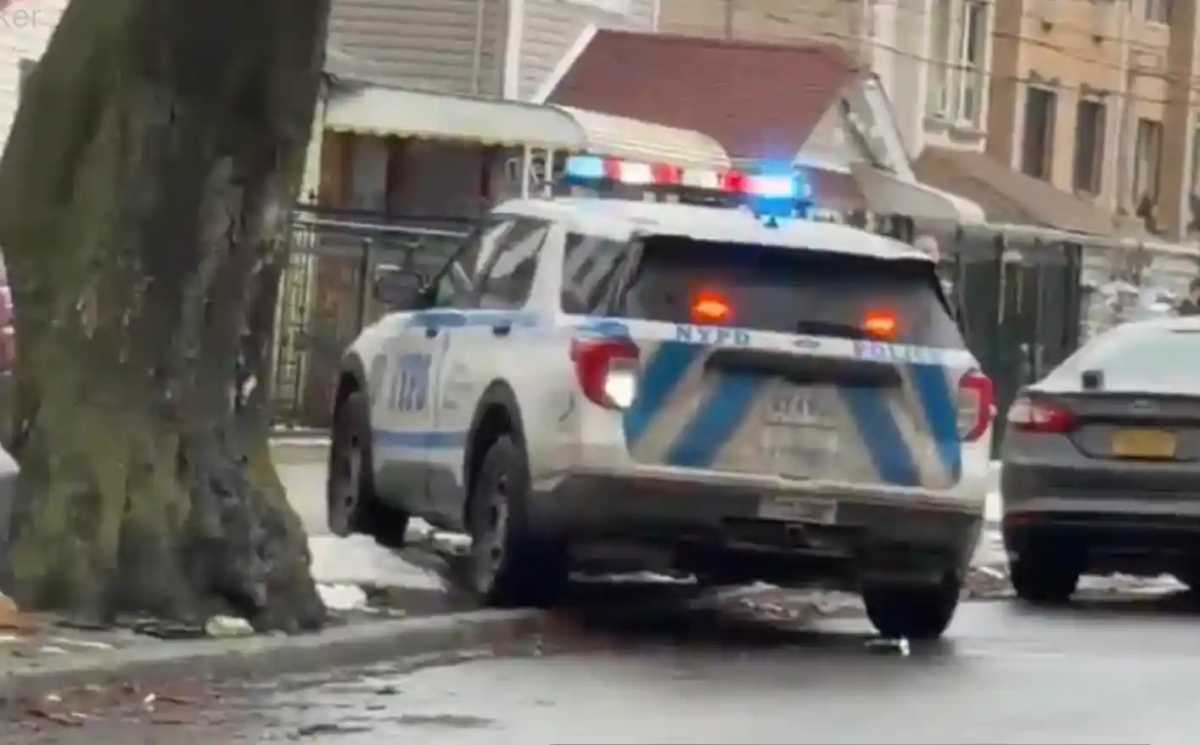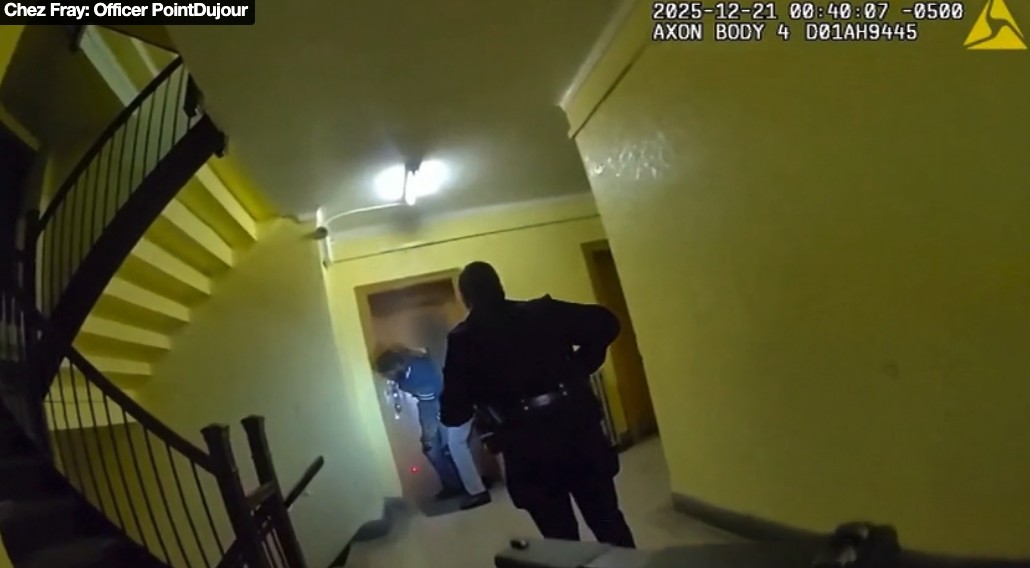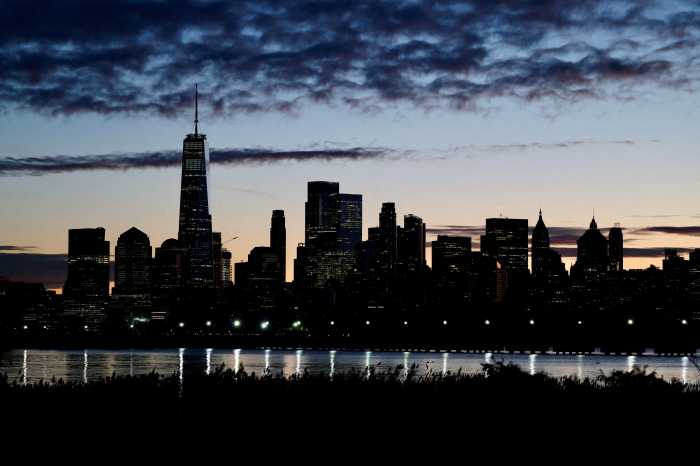
BY STEPHANIE BUHMANN | Featuring drawings from the 1940s by the revered realist painter Philip Pearlstein, “WWII Captured on Paper” manifests as a stunning historic document. Made from observation and personal experience, the works tell of the physical and emotional realities of a G.I. in an infantry replacement unit during the Second World War.
Pearlstein recalls: “During my freshman year at Carnegie, most of the male student body took the introduction to military training [ROTC] instead of gym, and at the end of the school year, in June 1943, we all met at Fort Meade, Maryland. After being interviewed, all of my friends were assigned to the Signal Corps.” Already recognized for his artistic talent, Pearlstein was able to avoid the same fate, perhaps saving his life. In the National Scholastic High School Art Contest, he had been awarded first and second prize for two paintings that were subsequently featured in the July 16, 1941 issue of Life magazine.
“On instinct, I had taken a copy of the issue with me,” he explained, “and I showed it to the officer who interviewed me. He seemed impressed, but I was assigned to the Infantry rather than the Signal Corps, packed into a very crowded train, and sent to Fort McClellan, Alabama, where four months of violent physical activity, training in a very hot, sun-blinding summer, transformed me from a pudgy, non-athletic person into a surprisingly muscular G.I.”
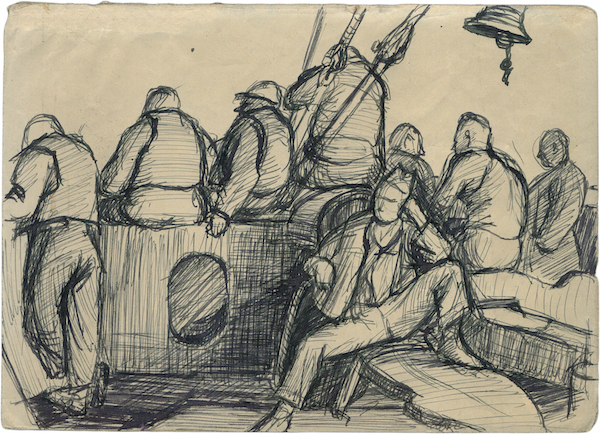
Between 1943 and 1946 Pearlstein created almost 100 drawings, watercolors and sketches, which are shown in their entirety here, and meant to be sold as a complete group (hopefully to a major public institution). Vividly installed in tableau-like fashion, the faceted works capture various stages, ranging from basic training at Camp Blanding, to a ship convoy to Italy, to Pearlstein’s time stationed in Italy during and after fighting. They are complemented by signs and charts, which Pearlstein made in the visual-aids shop at the time. Represented in such esteemed permanent collections as of the Metropolitan Museum of Art, The Museum of Modern Art and Museum of Fine Arts, Houston, Pearlstein’s oeuvre is well known. However, this body of work will prove a discovery to all and provide a rare glimpse into the artist’s early personal life, even to those well familiar with his work.
“G.I. Philip Pearlstein: WWII Captured on Paper” is on view through Oct. 15, Tues –Fri., 10am–6pm, at Betty Cuningham Gallery (15 Rivington St., btw. Bowery & Chrystie), in their Sidecar space next door. Call 212-242-2772 or visit bettycuninghamgallery.com.
